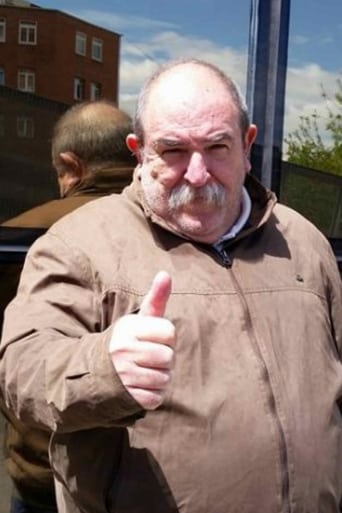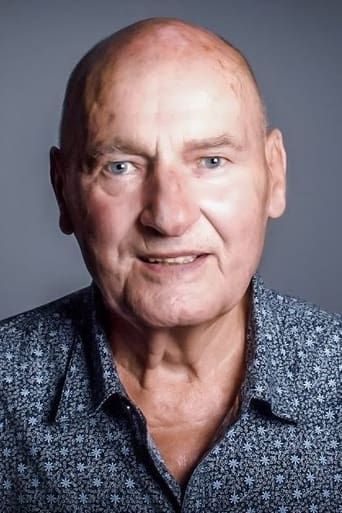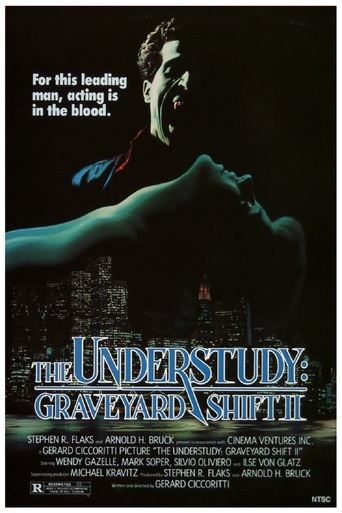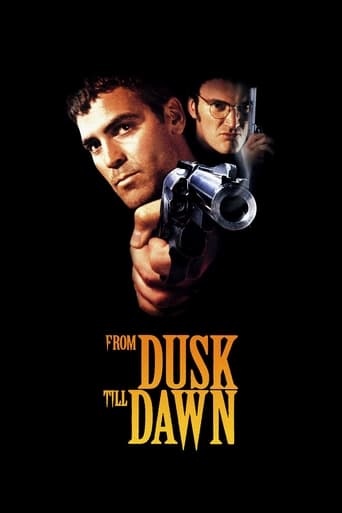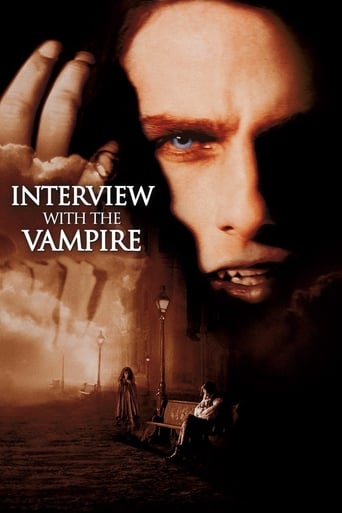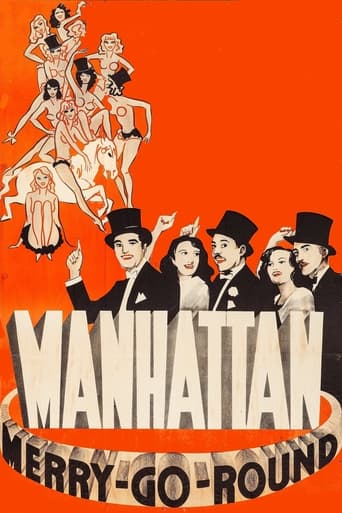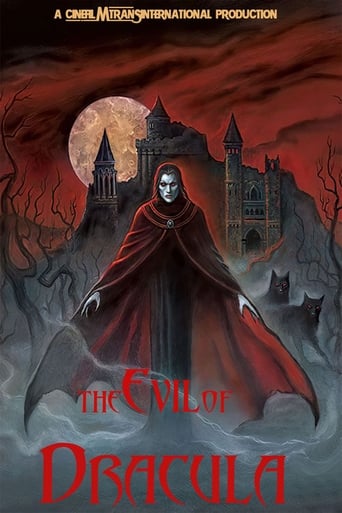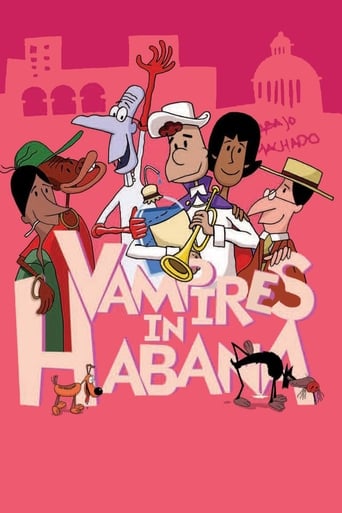
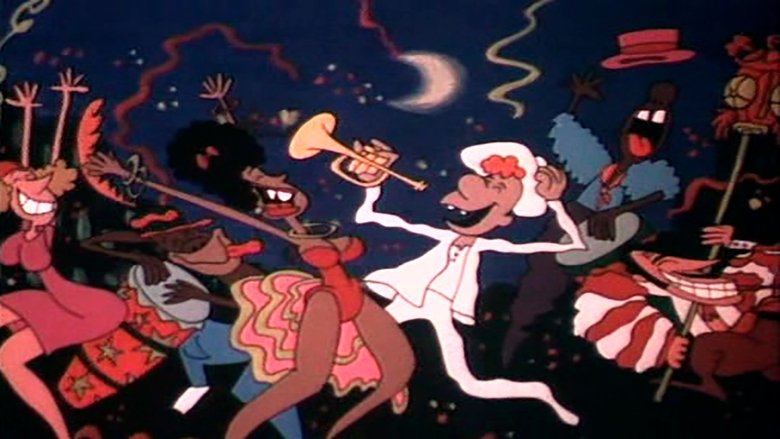
Vampires in Havana (1985)
Professor Von Dracula, a vampire scientist, leaves Transylvania for Cuba, where he invents "Vampisol," a potion that allows vampires to survive in sunlight. When the professor announces his intention to donate the formula free-of-charge to vampires all over the world, the Vampire Mafia from Chicago and the European Group of Vampires from Düsseldorf try to muscle in and steal the formula. The action escalates crazily as an assortment of bad guys, police, vampires and other monsters, and our hero and his girlfriend are all caught up in the chase.
Watch Trailer
Cast
Similar titles
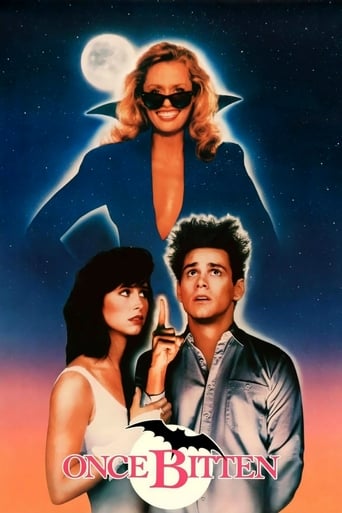
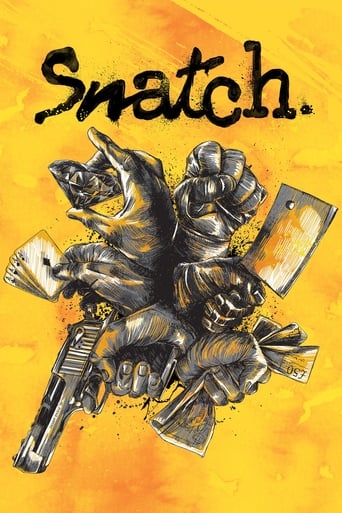
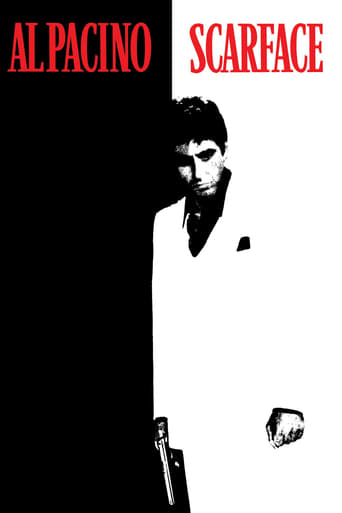
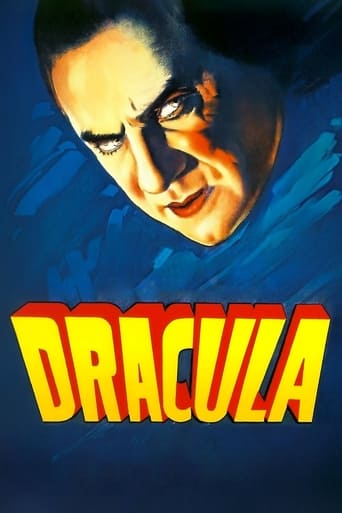
Reviews
A lot more amusing than I thought it would be.
The performances transcend the film's tropes, grounding it in characters that feel more complete than this subgenre often produces.
A story that's too fascinating to pass by...
All of these films share one commonality, that being a kind of emotional center that humanizes a cast of monsters.
This is one I've been meaning to get to for years. I remember first hearing about it on a list of "Cartoons for Grown-Ups." Along side "Heavy Metal" and a bunch of Bakshi was "Vampires in Havana." The title always stuck with me though I never had much desire to actually seek the flick out. Hey, look at that, there it is on Netflix Instant.The plot is surprisingly complicated. Dracula, after forming a European union of vampires, orders his mad scientist son to create a formula to allow vampires to walk around in the daylight. It doesn't work at first. Later, in 1930s Cuba, he has perfected the formula and raised Dracula's grandson on the juice. Because of this, young Pepe doesn't know he's a vampire and spends his time playing jazz and seducing babes for the revolution. (To the protest of his girlfriend.) Meanwhile, a cartel of Chicago vampires want to buy Dracula's castle and make it an in-door beach. In-door beaches are apparently quite the revenue stream for vampires. The councils come after the formula while local criminal elements are also after Pepe. Got all that? Despite being released in 1985, I suspect the movie was in development for a long time. The animation is loose and sketchy, like a (more) demented version of "Rocky and Bullwinkle." It would have been fine in the 1970s but probably looked very dated in 1985. Which isn't to say there aren't stand-out moments like when Lola imagines her married life with Pepe. There are a couple of clever sight-gags, like a vampire bar built under a hospital, blood on tap straight out of patients' arms. The movie never gets huge laughs but has an energetic, anarchic tone that I like. The jazz score is good too.The movie might be the first time some vampire tropes were presented on-screen. Silver bullets harming vampires? Okay, probably not. Vampires from different social backgrounds coming together to form a council? Hmm, I'm not sure. Guns loaded with wooden stakes? Okay, "Vampires in Havana" had to have done that one first. It's an entertaining enough comedy and over quickly at only 80 minutes. For the perverts, yes, there are animated boobs in though whether the character designs will do it for you is a matter of taste.
A vampire family from Cuba is preparing for a showdown between the American vampires and the Eastern European vampires. But with the aid of a scientist, they need a type of vaccination where they can live in daylight.I thought the only film about vampires and organized crime was "Innocent Blood" (1992). Turns out that the Spaniards beat the Americans to the punch by a few years. Of course, beyond that, the films have absolutely nothing in common.Although my Spanish is very spotty, I still enjoyed this film. It was clever, a bit funny, and not at all as cheesy as I might have expected. The animation is not going to impress anyone, but sometimes that is not important. I am curious about the sequel...
Vampiros en la Habana is a film directed by Juan Padron. Padron was born on January 29th, 1947 in Matanzas, Cuba. He studied art history in the University of Havana, and started working as a photographer for FAR (Fuerzas Aereas Revolucionarias). He also worked with the worldwide known Argentinean writer Quino. But it wasn't until 1985 that he made his most famous work: Vampires in Havana. This movie entails a story of vampires caught up in the Cuban revolution of the 1930's. Von Dracula, a mad scientist residing in Havana, Cuba, found a cure for vampires and enabled them to be under the sunlight with no worries of diminishing into the atmosphere. This new formula was later called Vampisol. When vampire leaders from Europe, with primary location in Düsseldorf, heard the news, they wanted to get a hold of the formula so they could sell it and make profit out of it, as opposed to Von Dracula, who wanted to announce how to make the drink, free of charge, through radio vampire. Vampires from United States, with Johnny Terrori as leader, had a business of making underground beaches for vampires all over the United States, and wanted to extend their empire to Düsseldorf. The problem laid in the fact that Johnny Terrori could not let vampires from Europe to get a hold of the formula, or else he and his group would go bankrupt. Von Dracula's nephew Joseph, also known as Pepito (the movie's protagonist), was found fighting in the battle between vampires from Europe and United States. He was also complotting against the governmental procedures of General Machado. Pepito's heart belonged to Lola's hands, who helped Pepito and his friends by spying inside the house of the Captain, which worked for General Machado and made sure that everything went with the flow of democracy. This movie reflects, in specific scenes, how Padron felt about the democratic oppression on the Cuban citizens from the government. By watching the movie, it can be deduced that Padron was against the tyranny and for the revolution. He showed his biased preference over political ideas. Throughout the film, cops and, basically anything that has to do with the government, is depicted as negative. The vulgarity of the Captain; he, as a leader, should have portrayed himself as an educated individual who respects everyone. On the other hand, the Captain treated his subordinates like the inside of an empty cup; the detective who was spying for him (the little guy with the mustache), was blamed by the Captain to have been plotting against democracy along with Pepito, when the only thing he did was work diligently on catching revolutionists. When the Captain caught his wife cheating on him with Pepito, his first reaction was to hit her and tell her that he hated her, and one should never lay a finger on a woman no matter what. Another scene in the movie, was at the bar, after Pepito and his friends had stolen the papers from the Captain's house. The Captain' wife smiled at him and he put his arm up as if he was going to hit her. Padron also showed a really strong comment about the way he felt towards the cops back then; he shows a scene where Pepito comes out of the bar and asks a cop on a motorcycle to get up and leave and, without hesitation, the cop runs scared from him saying "arriba la revolucion, abajo con el tirano." I believe that Padron tried to emphasize that even Machado's own military and cops were tired of him and were also scared for their life. Padron's concept of revolution against Machado was also represented with Pepito's friends. Even though their names are not revealed throughout the whole movie, they play a very important part in the movie, literally and symbolically. Literally, they aid Pepito by protecting him from the police and by taking care of Lola; they also are the ones that planned the robbery of the safe. Within the movie, they are just Pepito's friends, but symbolically they represent something far deeper. The three friends come from the three socio-economic levels: lower, middle and high class. I think Padron emphasized the fact that everyone in the country, not just the poor, was against democracy. Dario Zambrano
I watched "¡Vampiros En La Habana!" by Juan Padrón when I was eight years old. This movie was something different from the Disney cartoons I used to watch. There was sex, good music, violence, and plenty of humor. A plot consisting in a mixture of vampires and mafia could be strange, but it worked perfectly well. This is the type of movie that you can hate it or love it! Yesterday Juan Padrón (the director) presented the second part: "¡Más Vampiros En La Habana!" in a theater in Madrid (Spain). I had great expectations with this movie. I couldn't resist comparing both of them, and in my opinion I think that the first part was less dynamic but much more funny. I'm looking forward to watching "Fritz The Cat" and comment it.

